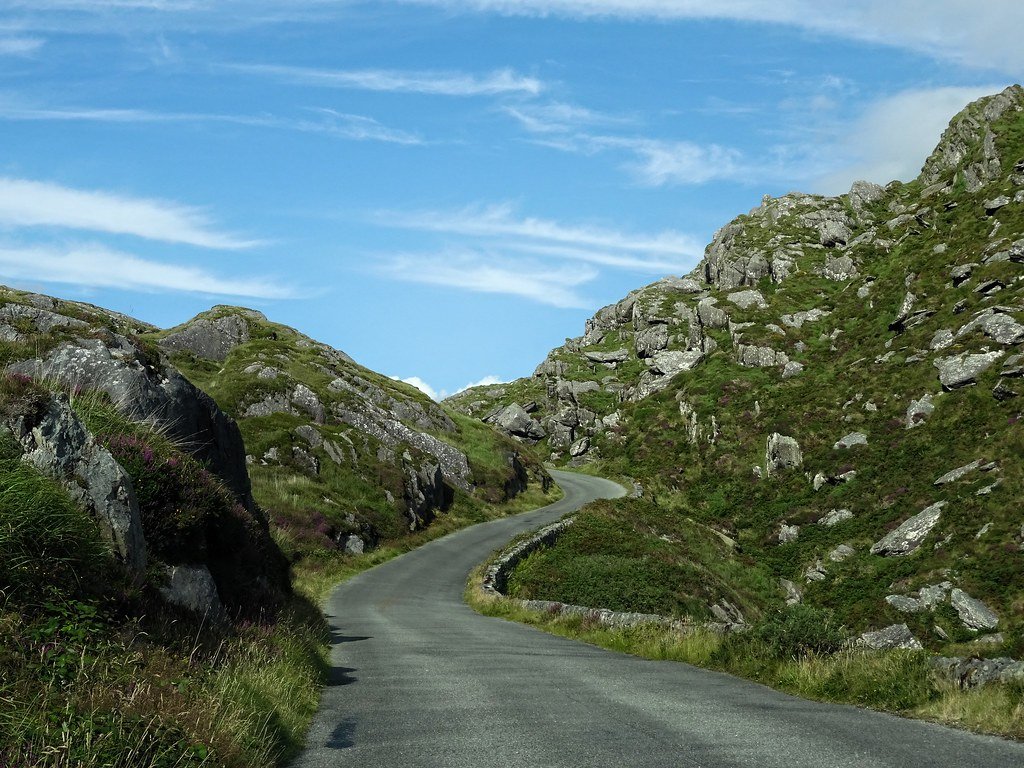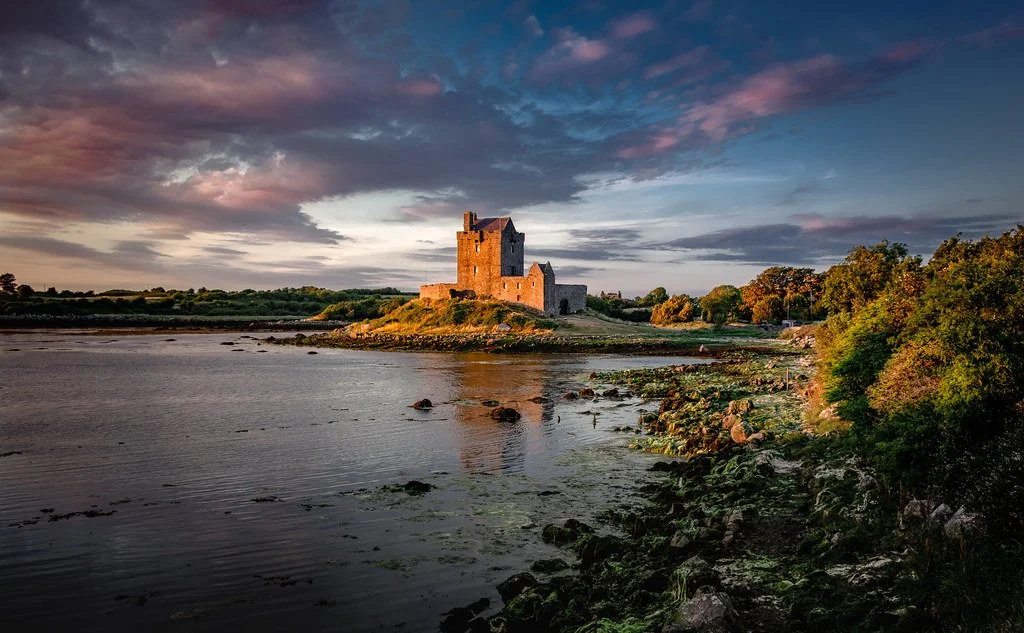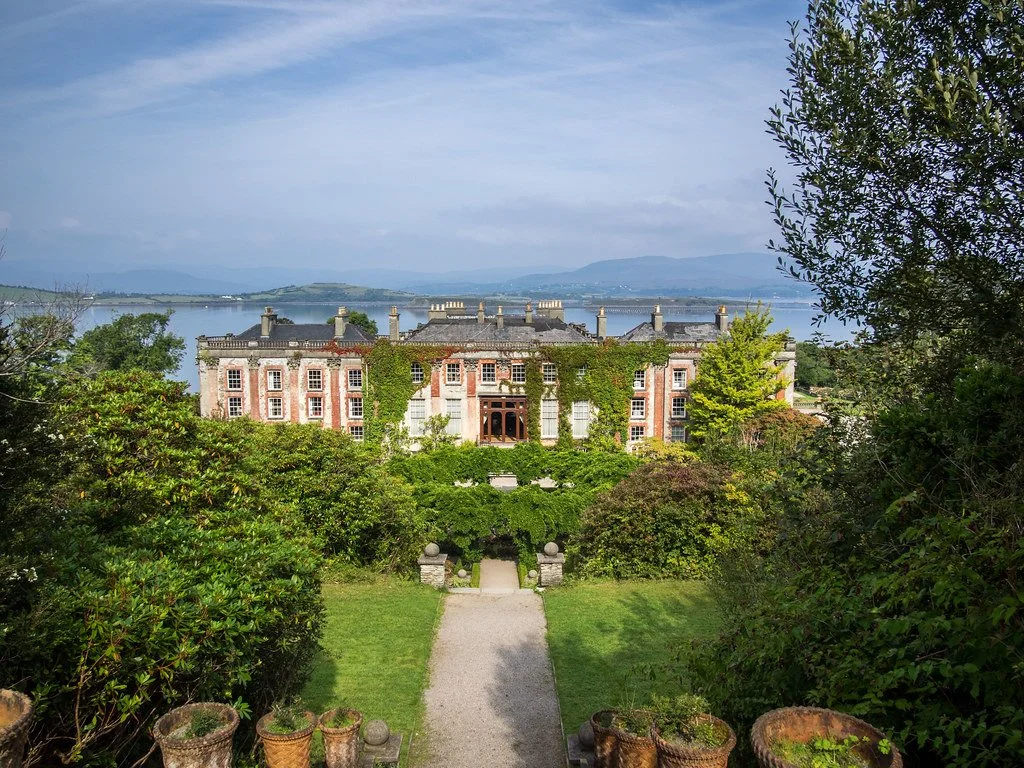The route that spans all down the west coast of Ireland has an abundance of sites that tell the story of Ireland's history, dating from ancient ruins to modern times.
The Wild Atlantic Way, a 1,500-mile road that stretches along the Western coast of Ireland, features coastal cliffs, small towns, and a look into Ireland’s long history. The route stretches from the Peninsula in Donegal to Kinsale on the southern coast. Travelers can either drive, bike or walk along the path. Although the scenery along the route is infamous ( most notably the iconic Cliffs of Moher), the Wild Atlantic Way features more than just cliffs and rolling hills. All along the route, numerous sites illustrate Ireland’s history, dating back to ancient ruins. For example, the Grianán of Aileach, a fort dating back to 1700 BC, is still standing today. The circular fort is made of stone, with walls roughly 16 feet high. The fort’s origin is linked to Tuatha de Danann, a ruler in Ireland before the Celts invaded. The fort is positioned on Greenan Mountain in Donegal county along the Wild Atlantic Way and has views of the valleys below. By the 19th century the fort was still standing, although in poor condition. Restorations were carried out in the late 19th century, to preserve the historic site. Travelers can still visit the fort today due to the restoration that took place in the 19th century.
Entering the Medieval Age, the Dunguaire Castle located in Galway was built in 1520 by regional rulers at the time, the O ́ hEidhin (O’Hyne) family. In the 17th century, the castle became the property of the Martyn family and remained so until 1924. Under its new owner, the castle not only became a medieval remnant but a site for Ireland’s literary revival. The owner, Oliver St John Gogarty, a well-known literary figure, invited other writers to meet at the castle. Notable visitors included WB Yeats, George Bernard Shaw and JM Synge. The castle is now open to the public and tells a piece of Ireland’s history from late medieval times to the present.
Another example of Ireland’s history is the Bantry House, originally built in the early 18th century; the house shows how Ireland’s upper class lived during turbulent times. By the mid 19th century, the White family, a prominent merchant family in Ireland, had done considerable renovations on the home to make it into the opulent house it is today. While Ireland was suffering from the great famine, the White family was rising through the ranks of society. The house was used as a hospital during the Irish Civil War in the early 20th century and later used to house soldiers during the second world war.
The Wild Atlantic way features numerous other historic sites and gives travelers a look into Ireland’s past. The route not only features historical sites but is still full of life for the present day. Small towns continue to thrive along the coast. For example: in the southern end of the route, Kinsale, once a medieval fishing town, is now known for its colorful buildings, the community of creatives who live there and their local food. The history along the Wild Atlantic way is not just in the past. Still, it has evolved with Ireland throughout its history.
Dana Flynn
Dana is a recent graduate from Tufts University with a degree in English. While at Tufts she enjoyed working on a campus literary magazine and reading as much as possible. Originally from the Pacific Northwest, she loves to explore and learn new things.










